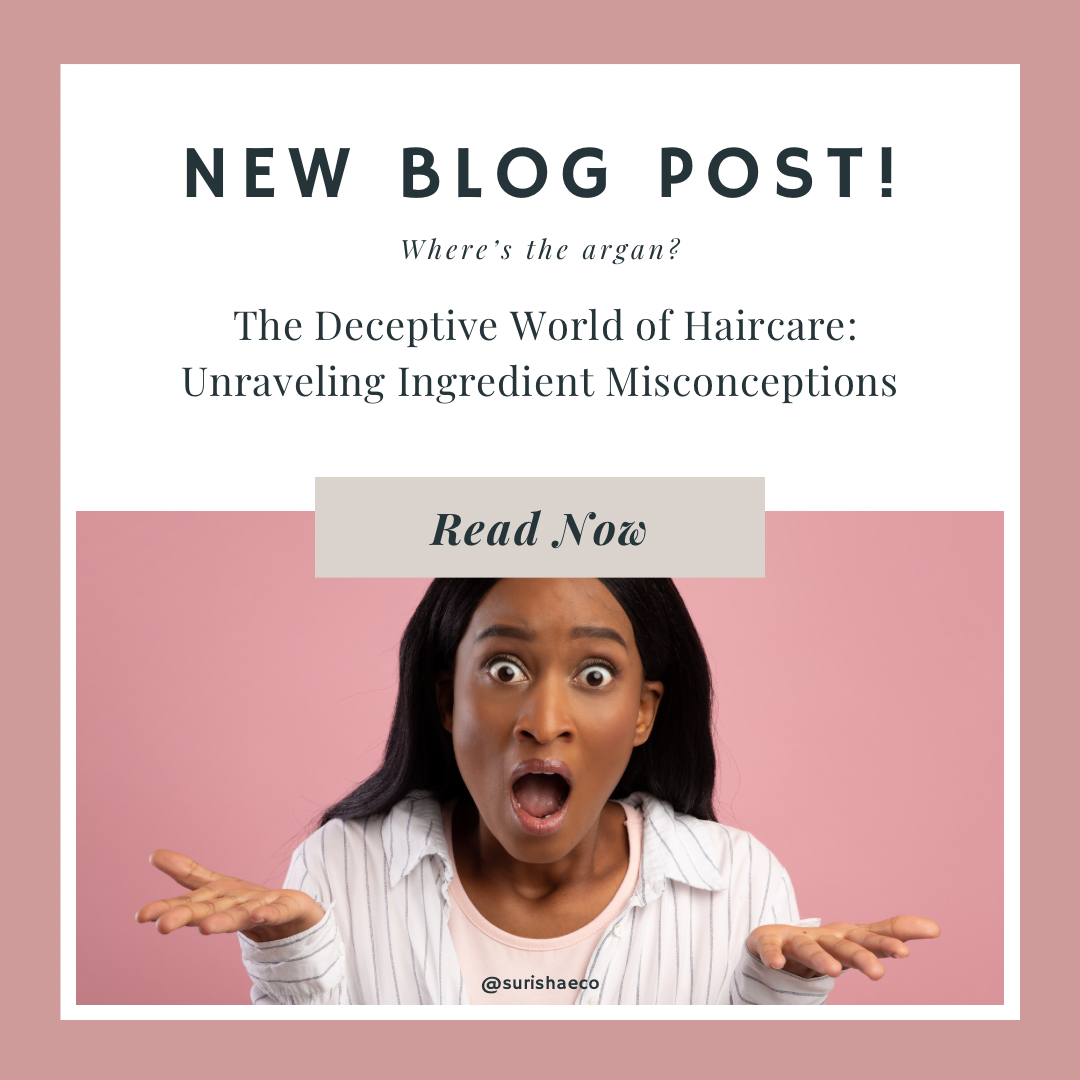
The Deceptive World of Haircare: Unraveling Ingredient Misconceptions
Share
In the realm of haircare, consumers often find themselves navigating through a labyrinth of labels, promises, and ingredient lists. Amidst this complexity, one common phenomenon emerges: the deceptive portrayal of certain ingredients as “actives” when they play little to no role in the product’s efficacy. This marketing ploy not only misleads consumers but also raises questions about transparency and authenticity within the industry.
Take, for instance, the ubiquitous hair gel boasting the inclusion of flaxseed. A quick scan of the ingredients list may reveal flaxseed oil rather then “flaxseed gel” (flaxseed gel helps to define curls, the oil does not) as a prominent component, leading consumers to believe that they are getting superior curl definition and hold from the nourishing properties of flaxseed. However, upon closer inspection, it becomes evident that the gel’s consistency is primarily achieved through the presence of carbomer, a synthetic polymer, rather than the purported flaxseed gel. This sleight of hand creates an illusion of naturalness and effectiveness, leaving consumers none the wiser.
Similarly, the allure of argan oil in hair oils has captivated many. Products proudly tout the inclusion of this prized ingredient, yet a closer look at the ingredients list reveals a different story. Argan oil, once heralded as the star ingredient, is relegated to a mere afterthought, positioned near the preservatives and overshadowed by cheaper, less potent components. The minimal presence of argan oil raises doubts about the product’s efficacy and the integrity of its marketing claims.
So, why does this deception persist? The answer lies in the intricate dance between marketing and formulation. In an increasingly competitive market, brands vie for consumer attention by leveraging buzzworthy ingredients and natural appeal. However, the cost of sourcing and incorporating these ingredients into formulations can be prohibitive. As a result, brands may resort to strategic placement and clever labeling to maintain the illusion of quality while cutting corners behind the scenes.
As consumers, how can we navigate this labyrinth of misinformation? The key lies in education and scrutiny. By familiarizing ourselves with common haircare ingredients and their roles, we can decipher the true value of products beyond their marketing facade. Additionally, advocating for greater transparency and accountability within the industry can push brands to uphold higher standards of integrity and honesty.
In conclusion, the world of haircare is rife with deceptive practices, where ingredients are often misrepresented for the sake of marketing allure. As consumers, it is imperative that we remain vigilant, questioning the narratives presented to us and demanding honesty and transparency from the brands we support. Only then can we make informed choices that align with our values and expectations.
So let’s stay informed!
A quick tip:
The top 5 ingredients are normally your actives, unless it includes an ingredient like essential oils. Essential oils will always be placed near the end of the ingredient list because they are diluted at 1-3%.